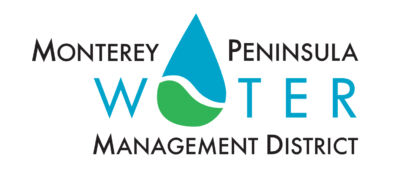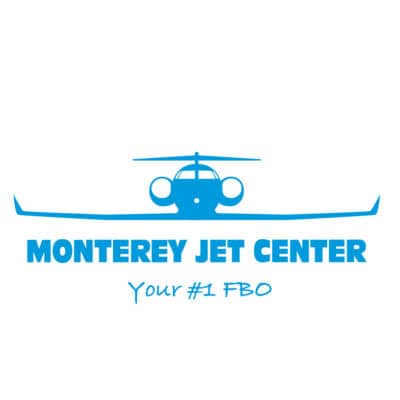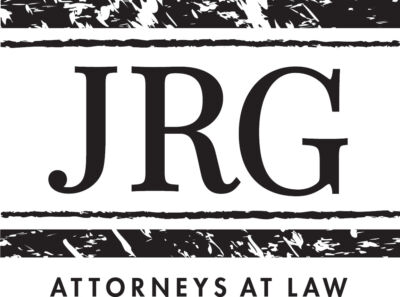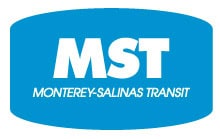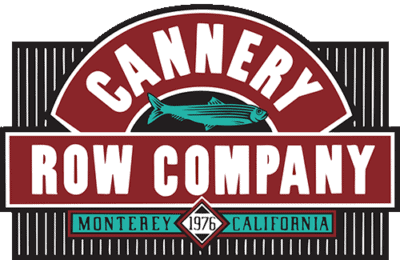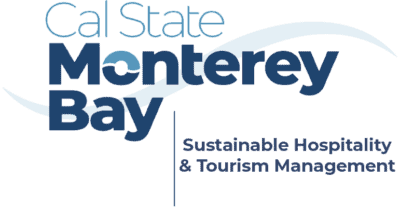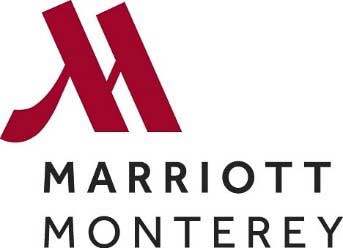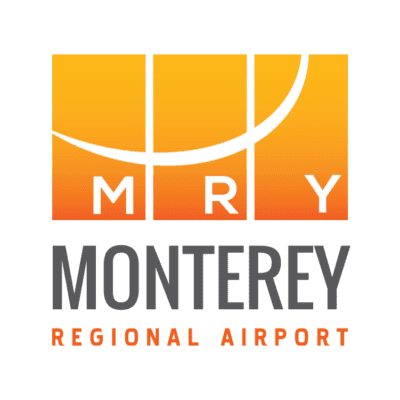Monterey Regional Airport Executive Director Michael La Pier refers to air service development as a team sport. That’s why he reached out to the county’s hospitality industry after joining the airport team in 2016.
“We engaged them to help us bring in new airlines and larger aircraft," says La Pier, a current Monterey County Hospitality Association (MCHA) board member. "Now, we work closely with See Monterey and Visit Carmel in our air service development efforts. We've been successful, in large part, because they tell the story the way that an airline wants to hear it. We’re much more successful when we work together as a community and an industry.”
As La Pier looks toward his June 2025 retirement, that partnership continues producing results. Direct service now connects Monterey to destinations like Dallas, Denver and Seattle, introducing convenient travel options for residents and visiting guests. Meanwhile, the smallest commercial planes serving Monterey have expanded from 19-seat to 76-seat aircraft.
The extra capacity benefits both locals making travel plans and businesses serving inbound passengers.
“While we may have fewer flights, we have more seats available,” says La Pier. “That speaks directly to hospitality's effort to attract group sales.”
The travelers landing in Monterey County for meetings and conferences often add extra days to enjoy the destination or return later on family trips. Ultimately, the increased group and leisure business tied to improved air service means more local jobs and more tourism-related tax collections.
Hospitality is Monterey County’s second-largest industry. In 2023, that industry employed nearly 27,000 people and generated $307 million in state and local tax revenues. Those funds support vital city services and neighborhood projects that directly impact community members.
The community will also benefit from a new airport terminal targeted to open in late 2026. Construction is part of a wider safety enhancement program that aligns the facility with Federal Aviation Administration standards by adding space between the runway and parallel taxiway. Other program elements include relocation of the fire station, general aviation hangars and vehicle parking areas.
New terminal jet bridges and the potential for expanded Customs and Border Protection services will further improve the travel experience.
“It's a much more efficient operation that will make it easier and more convenient for people to fly in and out of Monterey,” La Pier says.
Convenience will appeal to international travelers, a market yet to bounce back after the pandemic. Like group travelers, international guests typically make a significant economic impact.
“These are people who travel to Monterey via air. They tend to stay longer. They do more. They spend more. And a lot of times, they don't bring cars," says Bina Patel, See Monterey board chair and owner-operator of the Peninsula Hospitality Group. "They might take a taxi or Uber from the airport. If they’re attending an event at the convention center, now they're walking to Fisherman's Wharf. They're dining at restaurants. They're going to local businesses up and down Alvarado Street.”
In recent decades, some 4 million visitors and residents have traveled car-free between downtown and Cannery Row on Monterey-Salinas Transit’s seasonal MST Monterey Trolley. MST’s planned SURF! Busway and Bus Rapid Transit Project will also diversify transportation options. The route will ease vehicle traffic along the Marina-Seaside-Monterey corridor of Highway 1, providing reliable transit service for residents, CSUMB students and others going to work, school and activities.
“It just makes everything more accessible. It’s very much needed, and it will really help visitors and residents,” Patel says. “With the selection of new hotels slated to open over the next few years, from Seaside to Soledad, innovations in transportation are now more important than ever to accommodate the growing workforce and our community overall.”
New transportation infrastructure supports both responsible tourism growth and long-term economic development, while also enhancing local quality of life. Those are three top priorities in the Monterey County Tourism 2030 Roadmap (MCT 2030), a strategic plan released by See Monterey in October.
MCT 2030 was informed by feedback from visitors, community members, businesses, elected officials and other stakeholders. The report says 71% of Monterey County residents recognize that tourism is important for their economy.
“We want sustainable economic growth in the tourism industry. At the same time, we want to partner with residents and make sure that growth serves them. This takes community-wide collaboration,” Patel says. “As locals, we love where we live. MCT 2030 helps us maintain this pristine environment while also encouraging responsible, well-managed tourism.”
Planning for tomorrow’s tourism traffic starts today, she adds.
“Expanding flight access now positions us to pursue more groups, so we don’t eventually lose that business to competing tourism regions,” Patel says. “MCT 2030 is exciting because it takes us into the next 10 years.”

















